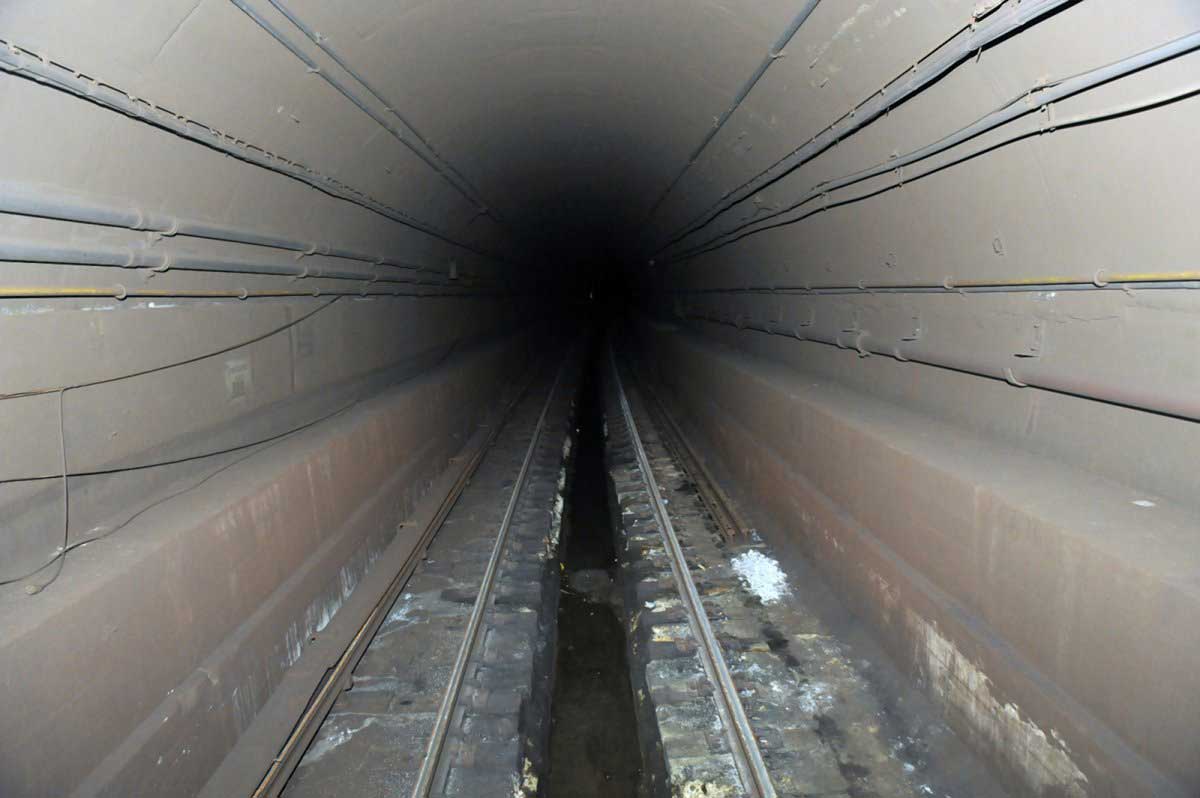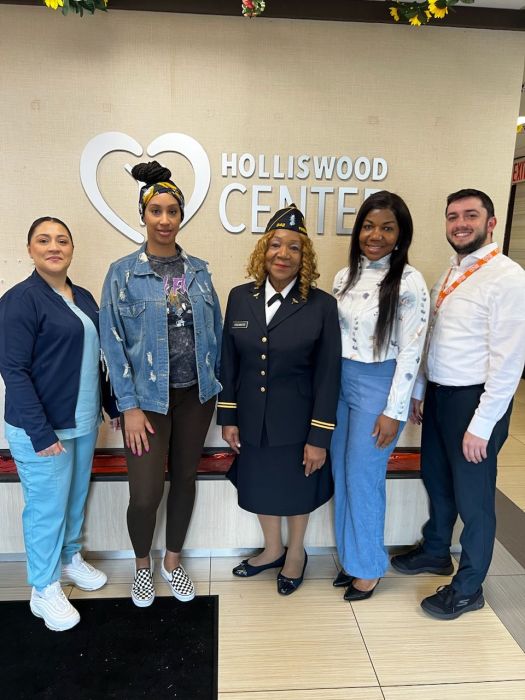By Mark Hallum
When L train service is suspended next April for repairs to the Canarsie Subway Tunnel, the founding members of the transit group Access Queens worry that the MTA is not seriously considering the impact the displaced Brooklyn straphangers will have on the already packed No. 7 Train.
A joint open house in Ridgewood between the MTA and the city Department of Transportation April 12 outlined an ambitious plan to move people from Brooklyn and Queens into Manhattan during the 15-month period in which a portion of the L train will be shut down for tunnel repairs.
The plan will temporarily shift road layouts and bus lanes to accommodate increased bus and road traffic, while ferries, an up-and-coming city favorite, will also be part of the effort of moving the estimated 200,000 daily L train riders to their jobs and back home.
“If you do the math and then you add in the population growth, obviously a good chunk of those people are going to funnel onto the 7 train, which is already having signal problems despite CBTC having been installed,” said Brandon Mosley, one of the Access Queens founders. “There’s just a lot of questions. This is the first event the MTA has held in Queens [regarding the tunnel closure], but they’re not really looking at Queens as a whole – the 7 train specifically – to say we have a major issue here.”
But the MTA said its effort factored in capacity on the No. 7 and the line should be able to support an overflow of people from Brooklyn.
“We’ve been aggressively preparing robust service plans for the Canarsie Tunnel reconstruction project and expect the 7 train to have enough capacity for additional riders boarding at Court Square while the project is underway,” MTA spokesman Shams Tarek said. “We’ll also vigilantly monitor conditions and deploy personnel to help customers as they navigate unfamiliar routes.”
The Canarsie Tunnel was one of nine underwater right of ways flooded during Superstorm Sandy in 2012 and sustained the most amount of damage to tracks, signals, signal lines, power cables, communication lines, lighting and ducts along the over 7,000-foot stretch.
Walls must be rehabilitated to ensure the structural integrity of the tunnel.
“They don’t really have a precise way to know who is gong to use which lines, so they’re making assumptions and no one thinks the 7 line is as bad as it is,” said Melissa Orlando, another founding member of Access Queens. “People who don’t ride the train don’t understand how bad it is… There’s kind of like a disconnect from what’s actually happening and I think they’re really not anticipating, not able to anticipate, what’s actually going to happen.”
During peak hours, DOT will turn curbside parking on 14th Street in Manhattan into a bus lane with an HOV lane to provide bus service across the Williamsburg Bridge starting at the Bushwick Avenue stop of the L and will include redesigns of Grand Avenue
“The 15-month closure of the L train is an unprecedented challenge. DOT and MTA have been doing extensive analysis and planning, and we expect to release more information shortly,” a DOT spokesman said. “We think that a substantial group of people will choose to bike, and encourage it as a safe, comfortable, and environmentally efficient mode of transportation. DOT is working hard to provide an expansion to safe cycling infrastructure in both Brooklyn and Manhattan as part of the L train tunnel shutdown work to ensure that any additional cyclists are well accommodated. DOT and MTA will continue our ongoing work in engaging, reviewing, and evaluating the mitigation plans prior to, during, and after the partial L train shutdown.”
The representatives from Access Queens were grateful, however, that the MTA took into account their suggestion to provide free walking transfers between the G and the No. 7 at Hunters Point Avenue.
Reach reporter Mark Hallum by e-mail at mhall


































